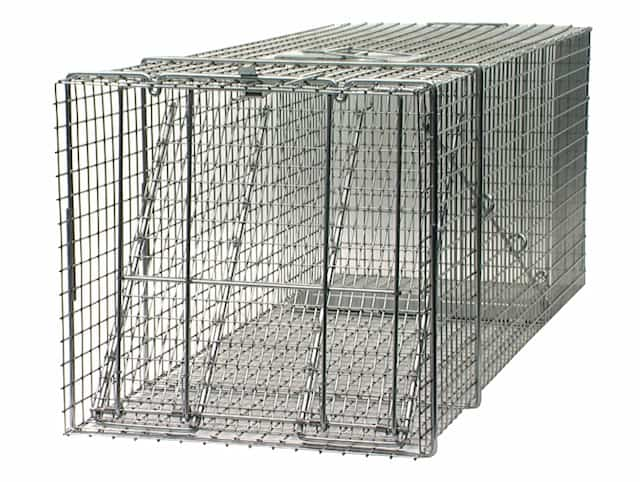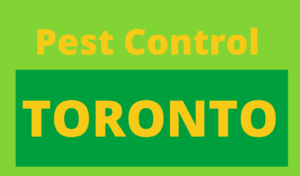There is an increase in the number of raccoons in the urban areas of Toronto. Their presence continues to create problems for local Toronto residents year after year. It is not only that raccoons are becoming smarter, it is also that people tend to make the same mistakes. Raccoons can cause many problems, from tipping over garbage bins to digging up gardens to causing thousands of dollars of damage to roofs and attics. Raccoon removal can get complicated if not performed properly.
The female species generally use the attic space as dens for giving birth to young ones. Raccoons are scared of loud noises, flashing lights and unpleasant odor which can work as deterrents. When it comes to removing raccoons trapping and releasing works best.
Traps work effectively if they are of the right type and if they are used in the right way. Raccoon traps are of several types as shown below. Keep in mind that even though these traps might exist on the market they are not all legal in Toronto. Harming raccoons should be avoided. Body grip and paw hold traps are illegal so avoid purchasing them online.
Live Cage Trap: This is the most common type of trap used by homeowners. There are many types of models in this category of cage trap. These types of cages are made of metal and the animal is lured in by bait, which may be food or a dead rat. In this trap, a trip pan is set at the back and the animal gets trapped as the door gets shut as the pan gets pressed. So the animal is trapped inside without being harmed. Most of these traps are made up of steel bars. The trap should be big enough to accommodate the raccoons.
The traps below are illegal, so make sure you do not purchase them online for use in Toronto.
Illegal Trap Types
Body Grip Traps – These traps are lethal ones and the most common one is the double spring-loaded conibear traps. These traps are set near a hole where the raccoon gets caught and would be killed by getting choked or crushed. This trap is quite effective but there are better alternatives than killing an innocent animals.
Paw Hold Traps: These traps clamp down on the animal’s paw and holds it. A small snapping clamp device is attached to the trap. Generally, the raccoon has to be killed after being caught in this fashion.
The raccoons should generally be caught by professionals owing to their expertise in making sure no animals are hurt while wildlife control is performed.

